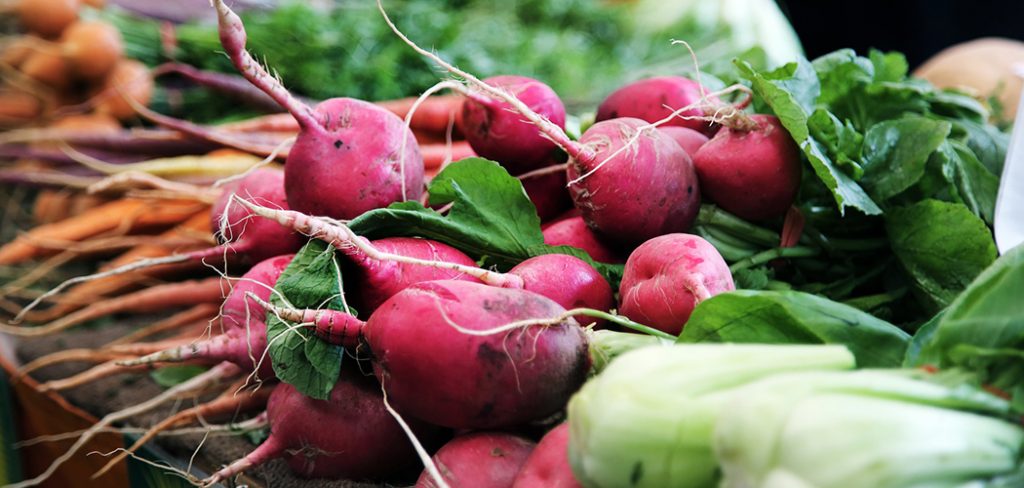While tomato leaves turning yellow can be brought about by various causes. We are going to look at 5 of the most frequent causes.
Probably the most prominent question asked by farmers just starting out in growing tomatoes is. Why tomato leaves often turn yellow. You may have put in a lot of work to care for your tomato plants since their infant days. You have followed the correct instructions on how transplanting can be done from the garden center. Most farmers panic when they begin to see yellow leaves on their tomato plants. Which slowly transition from the natural green colour.
When starting out on tomato farming. It may be hard to distinguish what is normal and what is not, and more often than not. As more leaves continue to turn yellow, our alarm rate shoots. Even so, it may be hard to identify the root of the problem and even confusing to know what you should do about it.
5 Causes Contributing to your Tomato Leaves Turning Yellow
Verticillium Wilt
This disease is characterized with leaves showing yellow. As well as brown areas occurring in v-shapes from the leaves’ veins in the middle to the edges. During the hot periods of the day, you will notice the tomato plants wilting.
Verticillium wilt progresses slowly with a uniform structure throughout the plant. If you believe that your plants have been affected by verticillium wilt, you should scratchthe stem from the bottom. If you, however, notice a brown color in the vascular tissue, which is usually white in color. Then the disease has severely affected your plant. You, therefore, need to destroy the plant entirely and the following year tomatoes should be rotated in a different area as well as using seeds resistant to this disease.
Transplant Shock on Tomato Leaves
Tomatoes undergo a transplant modificationperiod after being transplanted into the ground for the first time. This adjustment happens in early spring when the nights are cold. One to two weeks after the transplant, you will start noticing the once-livelygreen leaves are turning colour. However, observing the top leaves, they are still young and healthy and are growing perfectly fine.
You need not worry, as there is a solution to the issue at hand. You need to snip off the yellow leaves from the plant’s stem since they are not benefiting the plan in any way and lead to diseases. Concerning the transplant shock, this can be prevented by waiting for a most favourable time to plant your tomato plants. Usually, the night time temperatures averaging at 50oC is suitable for your plants. You need to take note of a wide range of tomatoes that are more at riskthan others.
Tomato plant diseases and treatments. Read it here.
Septoria Leaf Spot
This is another type of fungal disease that imitatesearly blight. The septoria leaf spot includes spots on the lower leaves starting out in a yellow color and gradually turning to brown and then finally grey. These spots are more compact in size, and they are high in number compared to early blight, taking a more circular shape.
Progression of the disease plus the growth of the spots leads to them banding together into a large brown area. There may be an appearance of water-soaked lesions, often occurring on the underside of the leaf. Also, secondary infection can form in the centre of the leaves in the form of tiny spots black in color, which can spread infecting to the rest of the plant. Leaving this disease unrestricted will lead to your tomato leaves turning yellow, then to brown color and ultimately leading to death. You can prevent this disease by using the same preventive measures as that of early blight.
Fusarium Wilt
Generally, this disease does not start showing until fruits in the plant start maturing. The lower leaves start turning yellow and in some cases, this can be limited to a single stem and will appear wilted and in a bright yellow color. Fusarium wilt will also cause stunted growth to your plants. Still, there is a possibility that the plant will reach maturity before succumbing to the disease if the progression of the disease is limited to a single stem. Just like verticillium wilt, there is no cure for this disease, and you will need to follow the same procedures as with Verticillium wilt to contain the disease.
Early Blight Disease
Early blight is a common cause annually in many gardens, and you need to be watchful about this disease. It is rooted by a soil-borne fungus and makes its way to the lower leaves from the soil. During the initial stages of infection, the lower leaves which are technically older start showing yellow splotches that are irregularly shaped. These splotches progress into brown spots surrounded by a yellow ring.
You can prevent early blight during its initial stages by cutting off the affected leaves. If they continue to stay on the plant’s stem, it will increase the rate of infection to the other healthy leaves. If however, if early blight has become uncontrollable, you need to space your plants a minimum of 3 feet wide, as this will allow proper air circulation between the plants.
Conclusion
Now that you know the factors that lead to your tomato leaves turning yellow, you can now take appropriate measures in keeping your tomato plants healthy. There are causes such as the transplant shock which can be easily avoidable and others like the Verticillium and Fusarium wilt that have no cure, you need to be on the constant lookout for these diseases as these have severe effects to your plants. And in controlling these factors, you need to keep in mind the annual rotation of the crops will be of great help to you and your harvests. Therefore, for most farmers, the panic is over whenever they will be taking note of yellow leaves on their tomato plants.
Read my other article on how far apart should you plant tomatoes.

